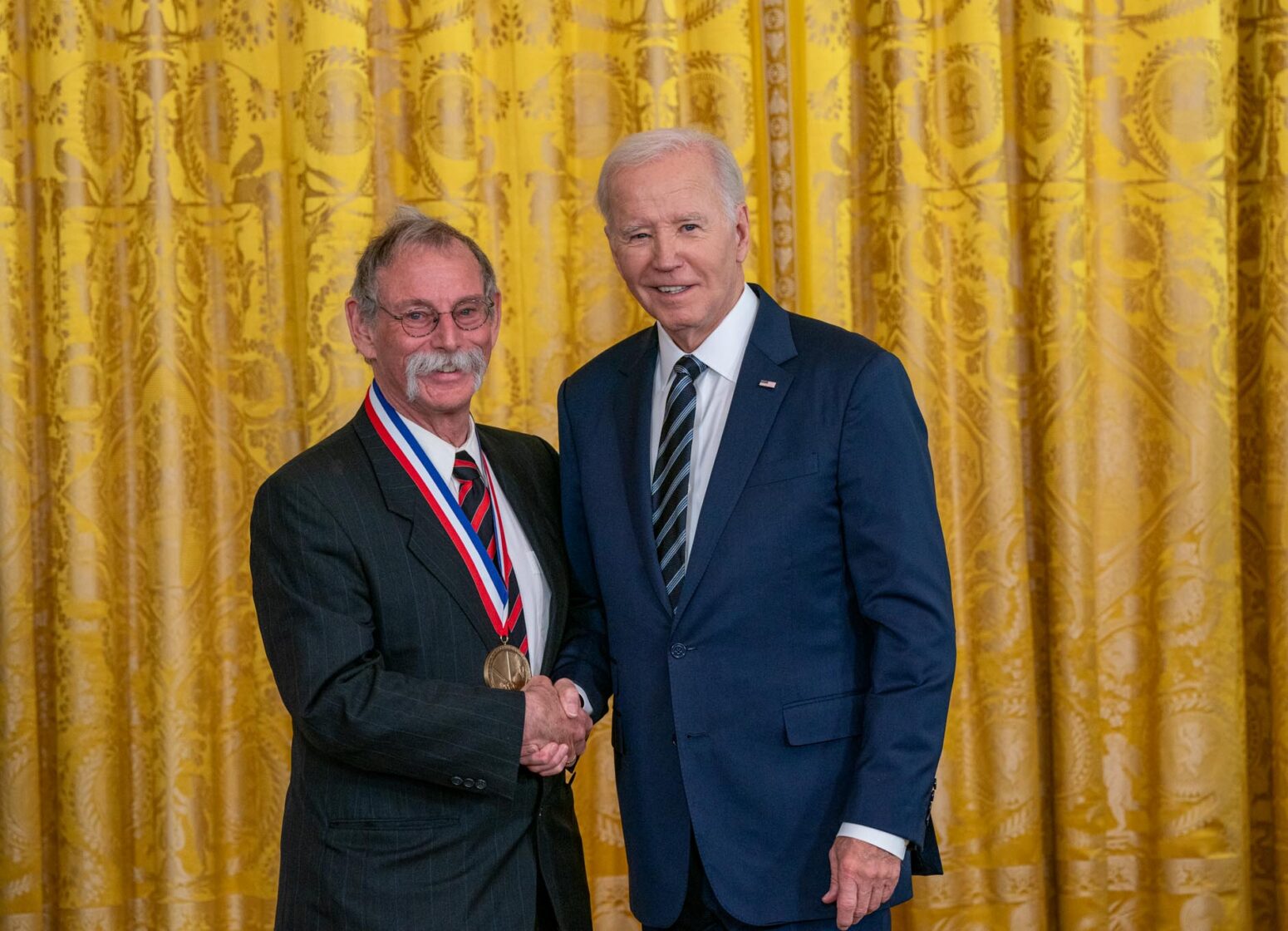Dr. Neil Siegel is the IBM Professor of Engineering Management in the department of industrial and systems engineering, at the University of Southern California. He was formerly the vice-president and chief technology officer for both Northrop Grumman’s Information Systems and Mission Systems sectors, and vice-president and general manager of the company’s Tactical Systems Division. His honors include election to the National Academy of Engineering, election to the National Academy of Inventors, winning the IEEE Simon Ramo Medal, winning the TRW Chairman’s Award for Innovation three times, the Army’s Order of Saint Barbara, and selection as a fellow of 4 professional societies, among many others. He holds nearly 50 issued patents worldwide.
Dr. Siegel led the engineering on a large number of successful fielded military and intelligence systems, including the U.S. Blue-Force Tracker; the Army’s first unmanned aerial vehicle; the Forward-Area Air Defense system; the fire-control segment of the world’s first complete laser weapon system; and played important roles for many other systems for ground, sea, space, and cyber-space. These systems have repeatedly been cited as model programs and important national capabilities. Techniques that he pioneered and patented for the Army’s Blue-Force Tracker are used in a very large number of consumer devices around the world, including almost every GPS receiver, smart phone, and tablet computer in existence. He has also led work for the steel industry, the movie industry, the healthcare industry, and the electric power industry. He helped to invent techniques to reduce unintended interactions between drugs prescribed by different doctors that are used almost universally in the U.S. and elsewhere, saving many lives each year.

